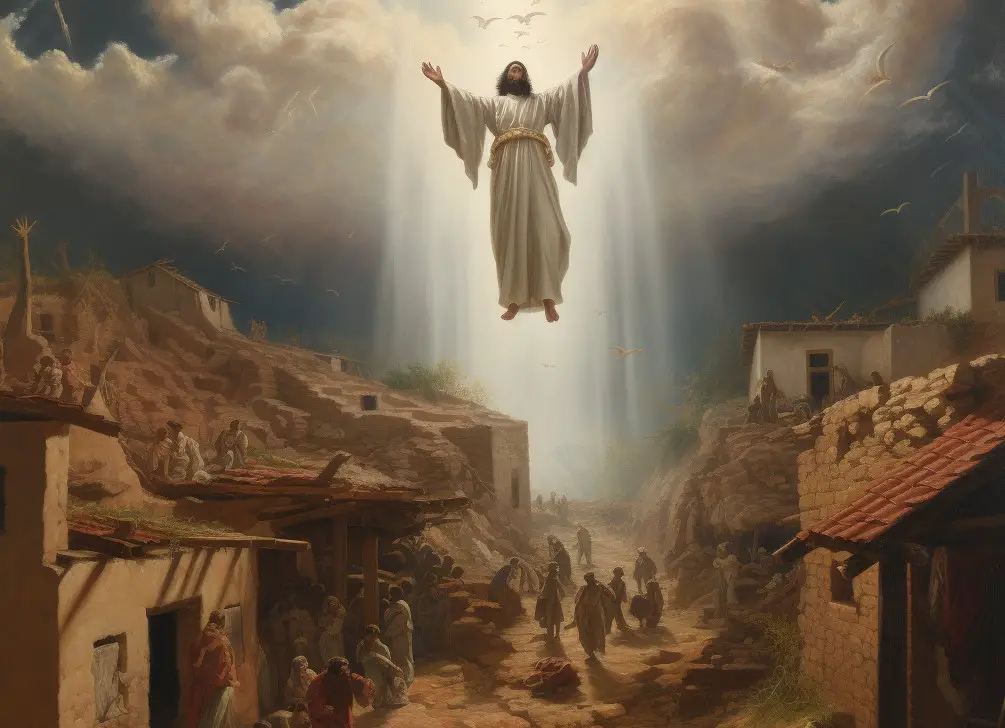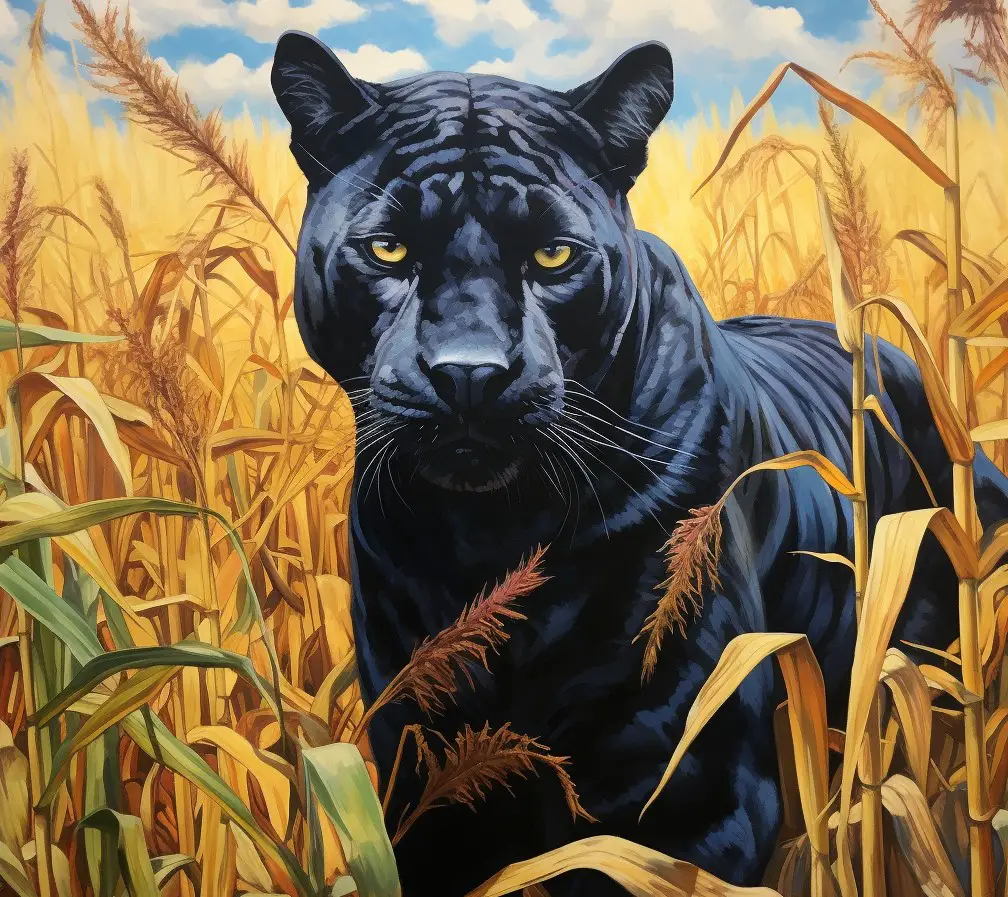Podcast: Play in new window | Download
Subscribe: Apple Podcasts | RSS
The Mexican state of Jalisco in west-central Mexico is home to old colonial cities, beautiful lakes, mountain forests and steamy jungles. It is also home to many legends. Here are three:
- The Phantoms of the Bridges of Ocotlán
 The town of Ocotlán was founded in 1530, just a few years after the Spanish Conquest. It is located on the northeast shore of Lake Chapala, and it straddles the Rio Santiago. The town is known for its famous apparition of Christ which occurred after an earthquake in 1847 and also for a more modern miraculous spontaneous flowering of a Crown of Thorns both discussed in Mexico Unexplained episode number 76: https://mexicounexplained.com/jesus-sky-flowering-crown-thorns/ Ocotlán is also home to legends surrounding its old bridges which have spanned the Zula and Santiago rivers. Beautiful footbridges and wider throughways of lime and pebble were built over these rivers at the beginning of the second half of the 19th century by the Castellanos Jiménez family, who in their time stood out in the comminity for their altruistic ventures. The family had a toll agreement with the government in exchange for donating land, labor and supplies to build the bridges, so they were rewarded for their efforts with an ample income that spanned generations. In previous years, the stagecoaches, carts and muleteers, which with their pack trains using the old route of the royal road between Mexico and Guadalajara had to ford the rivers. This proved difficult when the water levels were high, so these bridges were a great benefit to the locals and to long-distance travelers alike. The bridges were sturdy and built to last, unless tampered with. In the year 1924, in the final years of the Mexican Revolution, the bridge of Cuitzeo would suffer the blowing up with dynamite of two of its arches. This was due to the armed conflict that was staged on both sides of the river pitting Mexican federales against the dissidents who were loyal to former Mexican president Victoriano Huerta. When the bridge was being repaired, a little boy assisting at the construction site was accidentally sandwiched alive between the stones and died. Since the early 1930s, it is said when the river’s waters get too high and are threatening to flood the bridge, the cries of that little boy can be heard to warn travelers of imminent disaster. Also, on this bridge it has been reported that late at night or early in the morning, a strange and lustrous figure appears. She usually appears at night during a full moon dressed in a light blue dress with her beautiful hair flowing down to her waist. When travelers – usually young men – approach this beautiful image, she extends her arms. If one gets close to her, almost to the point of touching her hands, her soft and beautiful face suddenly turns into a horrifying dog face with gaping jaws. Even the bravest of men will flee in terror or die from fright. When the old bridge was demolished to replace it with the modern one that exists today, the stories persisted. People still see these ghosts well into the 21st Century.
The town of Ocotlán was founded in 1530, just a few years after the Spanish Conquest. It is located on the northeast shore of Lake Chapala, and it straddles the Rio Santiago. The town is known for its famous apparition of Christ which occurred after an earthquake in 1847 and also for a more modern miraculous spontaneous flowering of a Crown of Thorns both discussed in Mexico Unexplained episode number 76: https://mexicounexplained.com/jesus-sky-flowering-crown-thorns/ Ocotlán is also home to legends surrounding its old bridges which have spanned the Zula and Santiago rivers. Beautiful footbridges and wider throughways of lime and pebble were built over these rivers at the beginning of the second half of the 19th century by the Castellanos Jiménez family, who in their time stood out in the comminity for their altruistic ventures. The family had a toll agreement with the government in exchange for donating land, labor and supplies to build the bridges, so they were rewarded for their efforts with an ample income that spanned generations. In previous years, the stagecoaches, carts and muleteers, which with their pack trains using the old route of the royal road between Mexico and Guadalajara had to ford the rivers. This proved difficult when the water levels were high, so these bridges were a great benefit to the locals and to long-distance travelers alike. The bridges were sturdy and built to last, unless tampered with. In the year 1924, in the final years of the Mexican Revolution, the bridge of Cuitzeo would suffer the blowing up with dynamite of two of its arches. This was due to the armed conflict that was staged on both sides of the river pitting Mexican federales against the dissidents who were loyal to former Mexican president Victoriano Huerta. When the bridge was being repaired, a little boy assisting at the construction site was accidentally sandwiched alive between the stones and died. Since the early 1930s, it is said when the river’s waters get too high and are threatening to flood the bridge, the cries of that little boy can be heard to warn travelers of imminent disaster. Also, on this bridge it has been reported that late at night or early in the morning, a strange and lustrous figure appears. She usually appears at night during a full moon dressed in a light blue dress with her beautiful hair flowing down to her waist. When travelers – usually young men – approach this beautiful image, she extends her arms. If one gets close to her, almost to the point of touching her hands, her soft and beautiful face suddenly turns into a horrifying dog face with gaping jaws. Even the bravest of men will flee in terror or die from fright. When the old bridge was demolished to replace it with the modern one that exists today, the stories persisted. People still see these ghosts well into the 21st Century.
- The Tiricuate, Gigantic Black Cat of Legend
One morning a man left Guadalajara for the town of Mezcala, on an invitation from Exiquio, his friend who wanted to show him some pre-Hispanic stones he had discovered on the more remote shores of Lake Chapala. It was the man’s first visit to that place and since the road signs were bad, he asked some passers-by which direction he should take to go to Mezcala. He arrived at the town of Poncitlán and noticed that from the main road a gap came off in a southerly direction and as he swerved his car around a bend he stopped in front of a man. The turned-around traveler asked the man if that path would take him to the lake and ultimately the town of Mezcala. He answered yes and the traveler proceeded. As he got nearer to the shores of Lake Chapala, two children on horseback came up the small dirt road. The horses were drenched in sweat as if the children had been galloping away from something.
The older one, who was ten years old at the most, yelled at the traveler, “El Tiricuate!”
The other child continued excitedly, “We’ve just seen the Tiricuate!”
The man was confused. He looked at the children and asked calmly, “Could you please explain to me what a Tiricuate is? I’m not from here and I’ve never heard that name before.”
“You mean you don’t you know what a Tiricuate is?” the older boy replied.
 They both looked at the traveler surprised but soon offered up an explanation: Tiricuates look like cats, only larger and black, with a thick, long tail. Their eyes shine a lot, and you can see them in the dark. They sleep at night in the trees on a remote hill deep in the forests near the lake. They do not drink water and that’s why those who live near the lake never see these gigantic black cats. Every day the Tiricuates go down from their secluded hilly areas to see what they can find. What they like best is eating people although few people have been reported killed by these beasts because ultimately they are afraid of people. The Tiricuate sneaks up from behind, very slowly and silently. It has large and soft paws, so you can never hear him walk up to you. When you least expect it, this large feline will go for a person’s neck.
They both looked at the traveler surprised but soon offered up an explanation: Tiricuates look like cats, only larger and black, with a thick, long tail. Their eyes shine a lot, and you can see them in the dark. They sleep at night in the trees on a remote hill deep in the forests near the lake. They do not drink water and that’s why those who live near the lake never see these gigantic black cats. Every day the Tiricuates go down from their secluded hilly areas to see what they can find. What they like best is eating people although few people have been reported killed by these beasts because ultimately they are afraid of people. The Tiricuate sneaks up from behind, very slowly and silently. It has large and soft paws, so you can never hear him walk up to you. When you least expect it, this large feline will go for a person’s neck.
The older child further explained to the traveler that every day when they go to clean the cornfield, that is when and where they see the Tiricuate. It lurks around the milpas knowing that children will be there working alongside their parents. Also, horses will be fair game to eat for this terrible cat. It got to a point where the farmers left their horses behind and went to the cornfields on foot because the Tiricuate attacks were so frequent.
Other stories corroborate what could be the existence of an authentic gigantic black panther lurking in the wilds around Lake Chapala, with some legends even pre-dating the Spanish arrival. This cryptid has yet to be formally investigated by researchers.
- When a Cat is a Treasure
Mexico is a land full of lost treasures. With bandits and marauding Indians in the countryside for hundreds of years, many families across the centuries have had the need to stash their valuables away from their homes, oftentimes burying their precious possessions to save them from theft. Unfortunately, though, when people die, sometimes they leave behind vast treasures that no one else knows about, only to be discovered sometimes many years later. In the modern day, there are many people who use sophisticated machines to locate lost treasures, including metal detectors. There are also many treasure hunters who use devices like rods, pendulums or tops to locate hidden stores of wealth. Others go to fortune tellers, clairvoyants or witches to tell them where the treasures are located. This is the story of a treasure found by looking for a cat and it may or may not be true. In the far northern part of the state of Jalisco near the town of Huejúcar there lived a grand lady named Doña Teodosia Sandoval Vázquez. She had many beautiful daughters, and many men would call on the house to court the lovely young ladies. One of her daughters became the girlfriend of a Spaniard who made frequent stops in the town to trade in the region. This gentleman, on a trip to Manzanillo, bought a cat from a sailor who had just arrived in port on a boat that had visited the Orient. The cat was Siamese, and no one in that region of Mexico had ever seen such an exotic feline. The merchant brought the very fine cat to Huejúcar and gave it to his future mother-in-law as a gift. Doña Teodosia was very enthusiastic about the cat, which she delighted in caring for and pampering. One day the grand lady lost this beautiful creature. They couldn’t find it in the house, nor with the neighbors, nor in the whole town. No one reported seeing it, no one knew anything. One day they heard the long- sought cat meow inside an old outhouse that was part of a ranch that had been abandoned for almost a hundred years. The cat entered through some hole and could not get out. Upon hearing it meow, Doña Teodosia called her eldest son, asking him to take the little animal out. The young man tore out some of the boards of this old outhouse and looked down the pit. He couldn’t see anything, so he lit a torch. There was the cat, but it was standing on a floor that seemed to be shining. The young man got the help of his two brothers to go down the shaft of the old outhouse to rescue the cat. As they got closer to the cat, they became certain that it was sitting on a vast treasure. Gold coins, jewels, silver platters and goblets were down at the bottom of the dried-out, abandoned outhouse. When the first boy reached the bottom, he also noticed a small tunnel leading away from the main shaft. After they rescued the cat, they went back to retrieve part of the treasure, but didn’t get all of it. Legend has it that there was a cave-in a few days after the cat was rescued and one of the young men involved in extracting the treasure was killed. Amid her grief for her dead son, Doña Teodosia ordered the outhouse to be destroyed and the shaft and tunnel filled with dirt. She moved her family to Mexico City, bought a stately home and lived off the wealth that her sons had been able to extract from the abandoned outhouse. After Teodosia’s death, it is unknown if her children ever returned to Huejúcar to dig up the rest of the treasure. Perhaps it is waiting for a proper treasure hunter to retrieve it but no one alive remembers its exact location.
sought cat meow inside an old outhouse that was part of a ranch that had been abandoned for almost a hundred years. The cat entered through some hole and could not get out. Upon hearing it meow, Doña Teodosia called her eldest son, asking him to take the little animal out. The young man tore out some of the boards of this old outhouse and looked down the pit. He couldn’t see anything, so he lit a torch. There was the cat, but it was standing on a floor that seemed to be shining. The young man got the help of his two brothers to go down the shaft of the old outhouse to rescue the cat. As they got closer to the cat, they became certain that it was sitting on a vast treasure. Gold coins, jewels, silver platters and goblets were down at the bottom of the dried-out, abandoned outhouse. When the first boy reached the bottom, he also noticed a small tunnel leading away from the main shaft. After they rescued the cat, they went back to retrieve part of the treasure, but didn’t get all of it. Legend has it that there was a cave-in a few days after the cat was rescued and one of the young men involved in extracting the treasure was killed. Amid her grief for her dead son, Doña Teodosia ordered the outhouse to be destroyed and the shaft and tunnel filled with dirt. She moved her family to Mexico City, bought a stately home and lived off the wealth that her sons had been able to extract from the abandoned outhouse. After Teodosia’s death, it is unknown if her children ever returned to Huejúcar to dig up the rest of the treasure. Perhaps it is waiting for a proper treasure hunter to retrieve it but no one alive remembers its exact location.
